Need Help?
Privacy PolicyLive Chat
ADAS and AV Overview
Advanced Driver Assistance Systems (ADAS) and Autonomous Vehicle (AV) functionality enables Vision Zero, the multi-national project to reduce the number of fatalities and serious injuries caused by road traffic to zero. As the level of autonomy evolves, the number of sensors in a car will increase to over 30, including forward-, rear- and side-facing cameras and forward-looking RADAR and LiDAR.
We support innovation in ADAS and AV designs with our expertise in sensor connectivity and signal conditioning, high-speed data transfer and timing solutions as well as with our commitment to functional safety. Our expertise in safety-critical connectivity applications will enable you to create secure, connected systems with the speed and safety needed to support emerging ADAS and AV applications.
Interactive ADAS and AV Diagram
Blog Posts About ADAS and AV
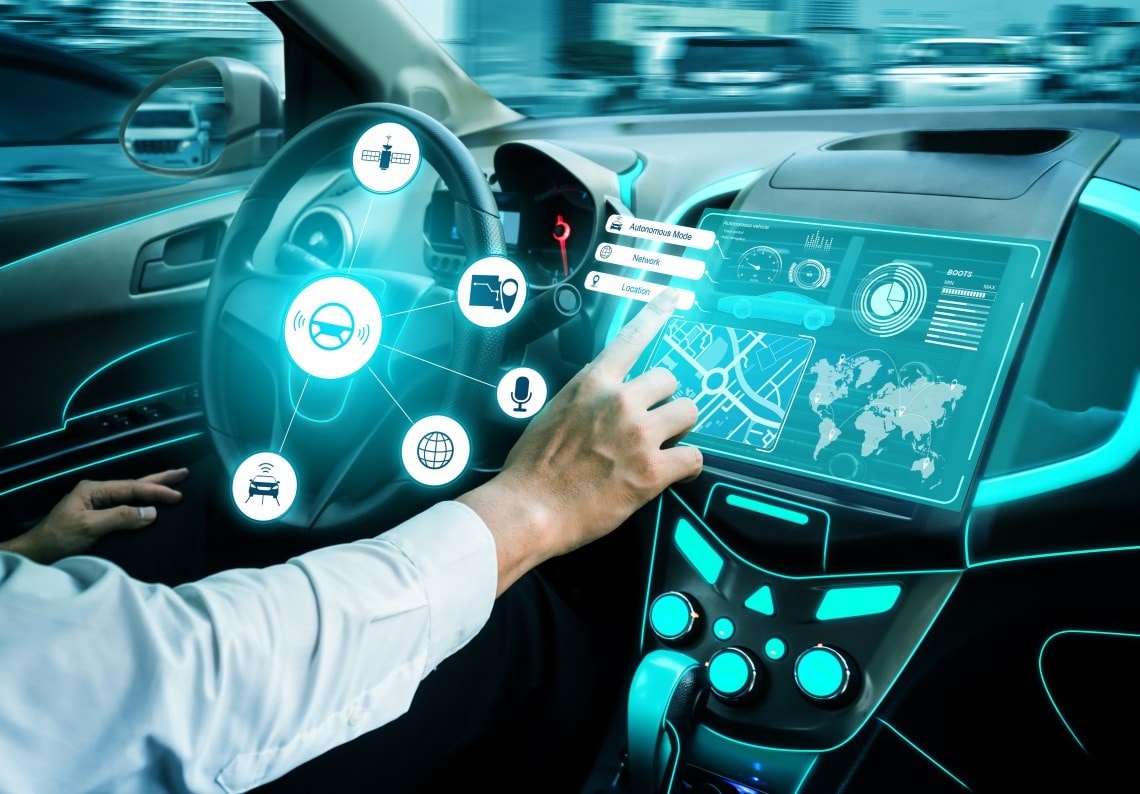
How Ethernet, PCIe® and ASA Combine in Tomorrow’s Software-Defined Vehicles
The autonomous vehicle is a complex system that requires large amounts of real-time data, cloud connectivity and fast, safe and secure decision-making. It’s like a data center on wheels.
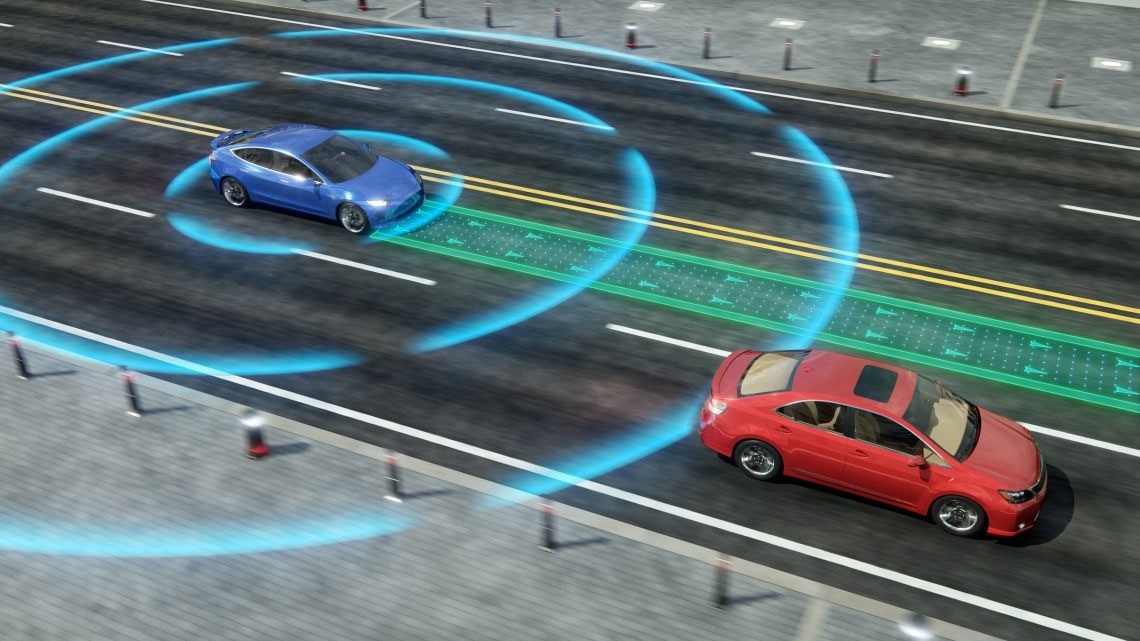
The LiDAR Market is Fast Growing, Fragmented–and Full of Promise
Light Detection and Ranging (LiDAR), the distance measurement methodology using pulsed laser light reflection, is one of the key sensing technologies for detecting objects and determining distances in autonomous driving systems. LiDAR is one of the fastest-growing market segments today.

Optimizing Cybersecurity in Your Autonomous Vehicle Designs
Currently in 2021, the automotive industry is about halfway through the six levels of Advanced Driver-Assistance Systems (ADAS) towards full autonomy. Drivers of today’s car models can choose to use some hands-off and even some eyes-off driving features.
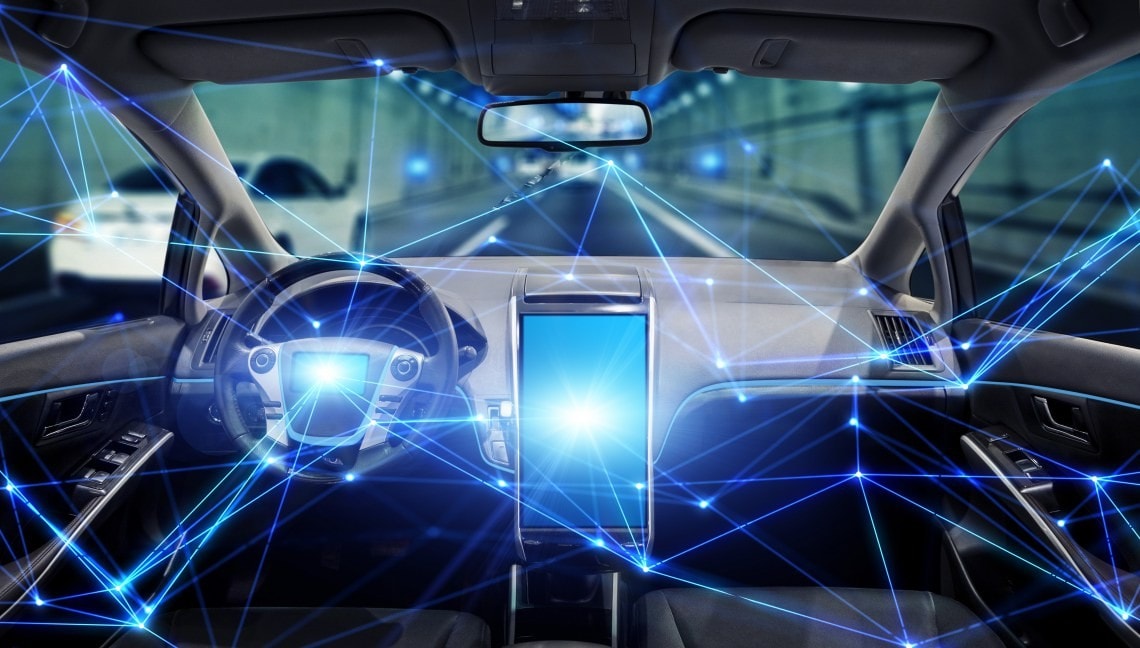
The Software-Defined Vehicle Built on Ethernet
Ethernet is an established, standardized technology that is rapidly evolving to support different markets' specific requirements, like the determinism and high bandwidth critical to autonomous vehicles in the automotive market.

Functional Safety for Automotive Applications
With the increase in electronics in vehicles and the need for passenger safety, ISO 26262 has become critical in many automotive applications that traditionally did not require safety. Driver assistance and autonomous vehicles are the catalyst behind many safety requirements in vehicles.
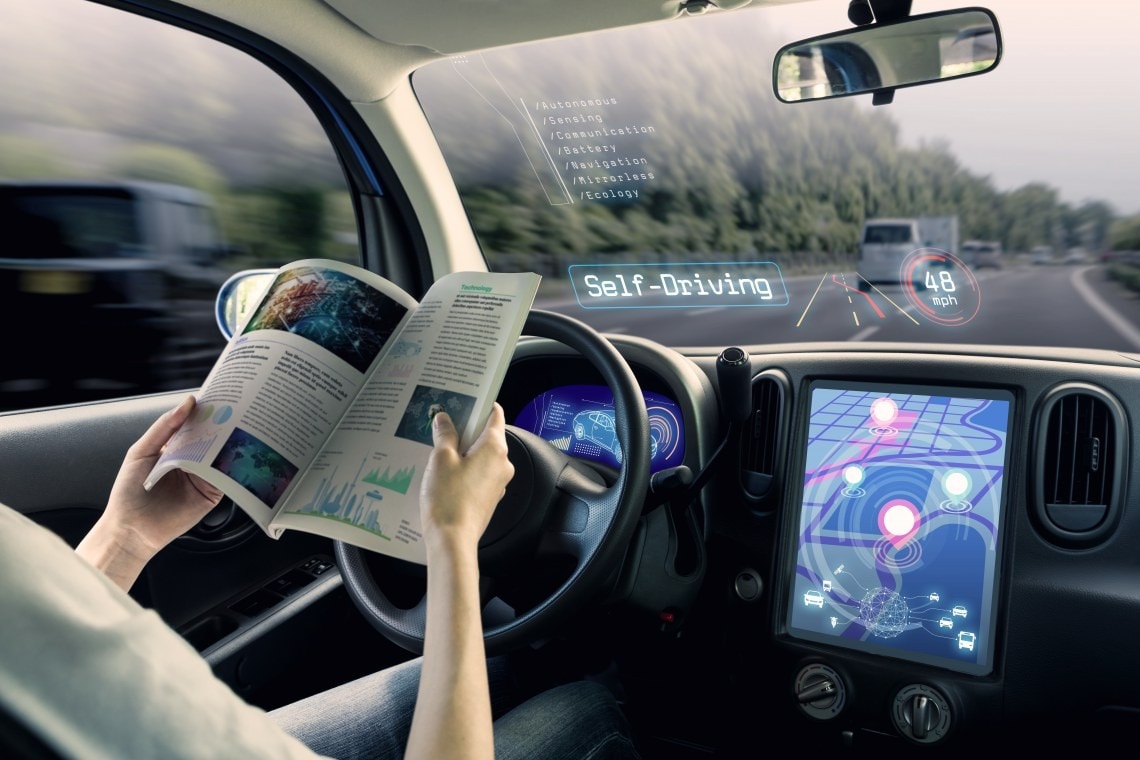
Current Trends in Autonomous Vehicle Adoption
Autonomous vehicles with ADAS can reduce accidents, expand delivery options and improve the safety of public transportation. While some of the technology for self-driving systems is in use today, moving to a completely autonomous driving model will be gradual, combining software and hardware innovation with public acceptance.
Videos About ADAS and AV
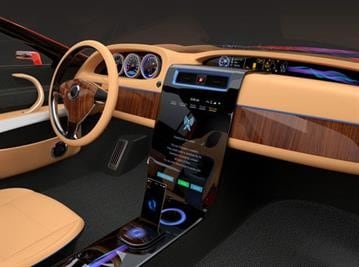
INICnet™ Technology Introduction—Part 1
INICnet technology simplifies automotive infotainment networking with support for Ethernet, audio, video and control over a single cable. INICnet is part of the ISO 21806 open international standard. In part 1 of this series, we present in-vehicle network megatrends and an overview of INICnet, including its physical layers and topologies.
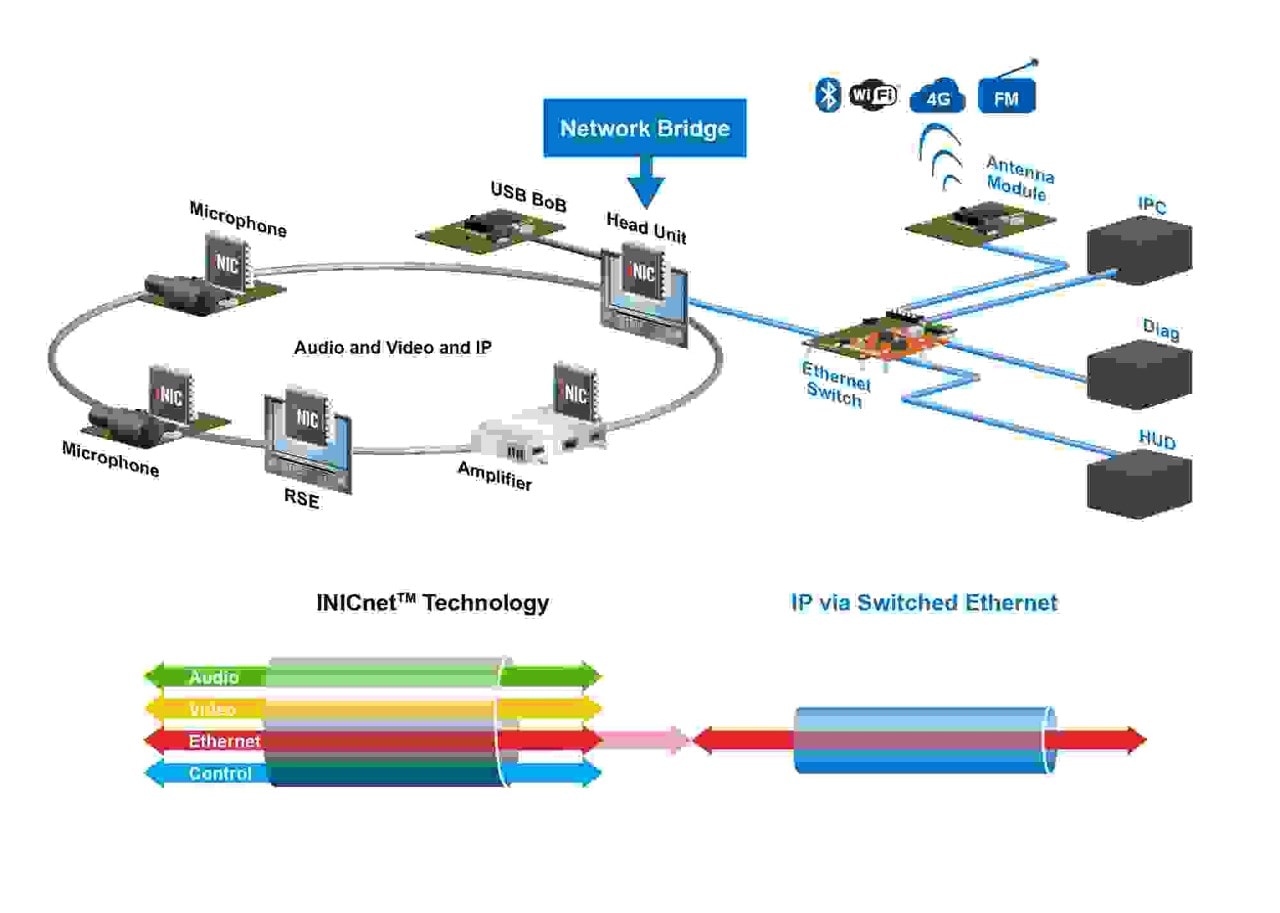
INICnet Technology Introduction—Part 2
In part 2 of the INICnet Introduction video series, we present how the network is synchronized and what the frames carried by the network look like. We also describe details of the various channels, including how Ethernet is supported over the packet channel, and the Unified Centralized Network Stack (UNICENS) network management system.
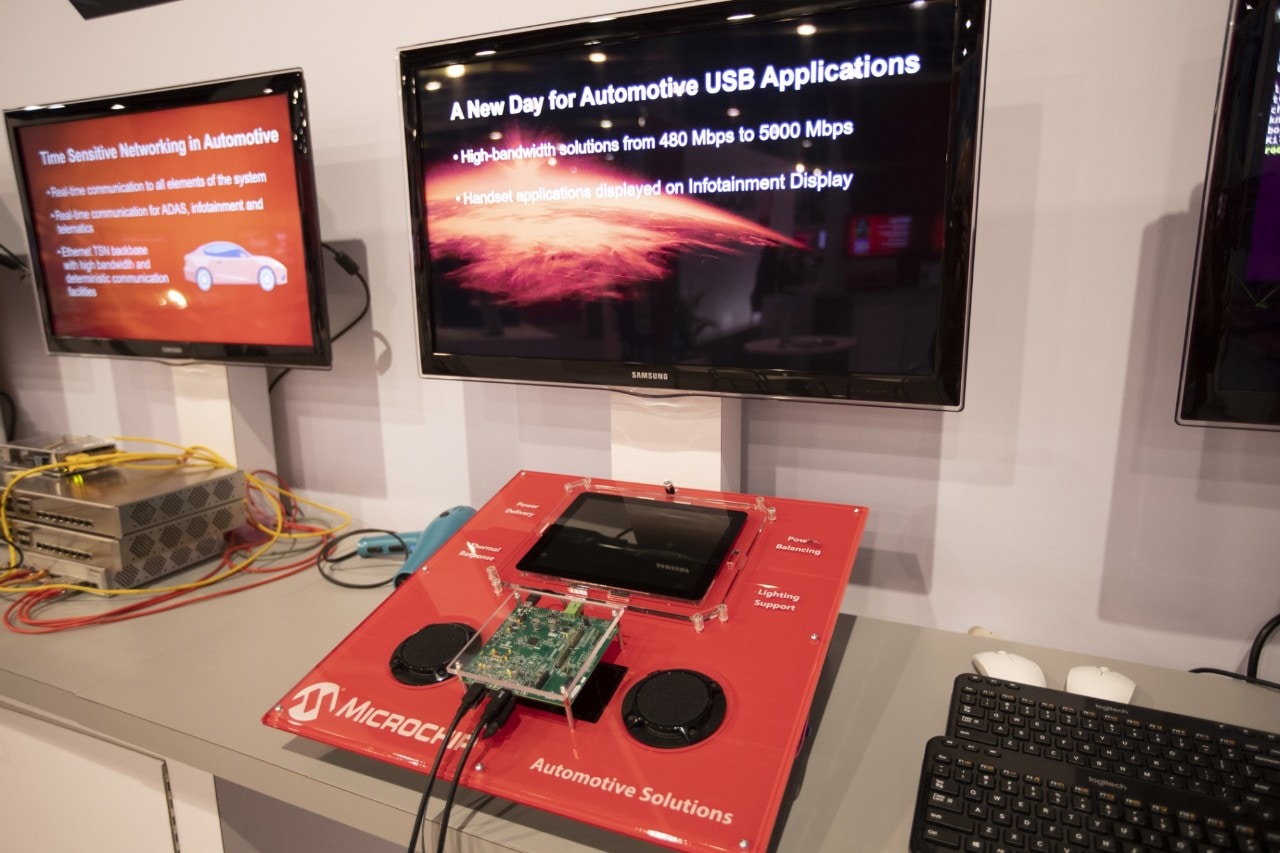
USB Type-C® PD Media Hub With Head Unit Demonstration
In this video, we demonstrate the automotive-grade USB SmartHub™ Integrated Circuit (IC) that natively supports CarPlay® and Android™ Auto while enabling up to 100W of power for two downstream USB Type-C ports.
Design Partners for ADAS and AV
Get in touch with one of our Design Partners if you want assistance with implementing automotive and transportation technology in your next design.
